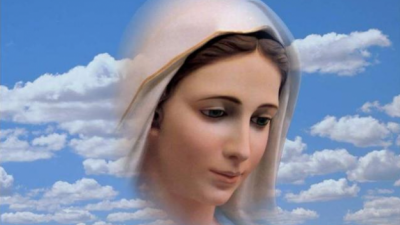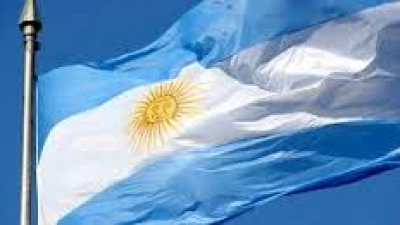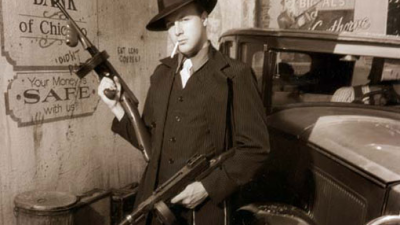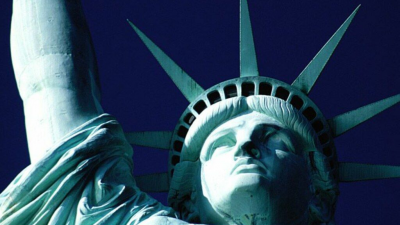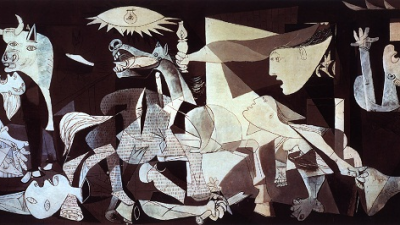The most famous cavalry orders
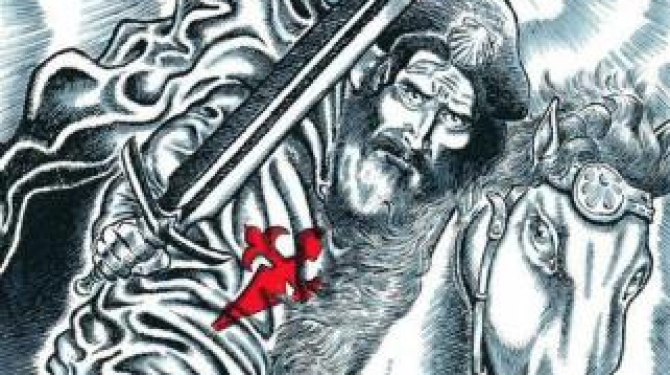
Source: listas.20minutos.es
The orders of chivalry are institutions created by European feudal monarchs after the failure of the Crusades, imitating the model of military orders created in the Holy Land. The knights of the cavalry orders, identified with the traditional institution of medieval cavalry, dating back to the High Middle Ages, and their ideals justifying the mission of the nobility in the state society, gave rise to the concept of "code of cavalry "that had to meet who was" ordered gentleman "; reflected in chivalric literature (Arthurian cycle). The "ordination" as a knight, in its ritual and in its symbolic meaning, is comparable, on the one hand, to the feudal homage ceremony (a noble institution), and on the other to the sacrament of order by which a cleric is "ordained" priest "or receives minor orders (an ecclesiastical institution).
TOP 13:
Order of the Garter
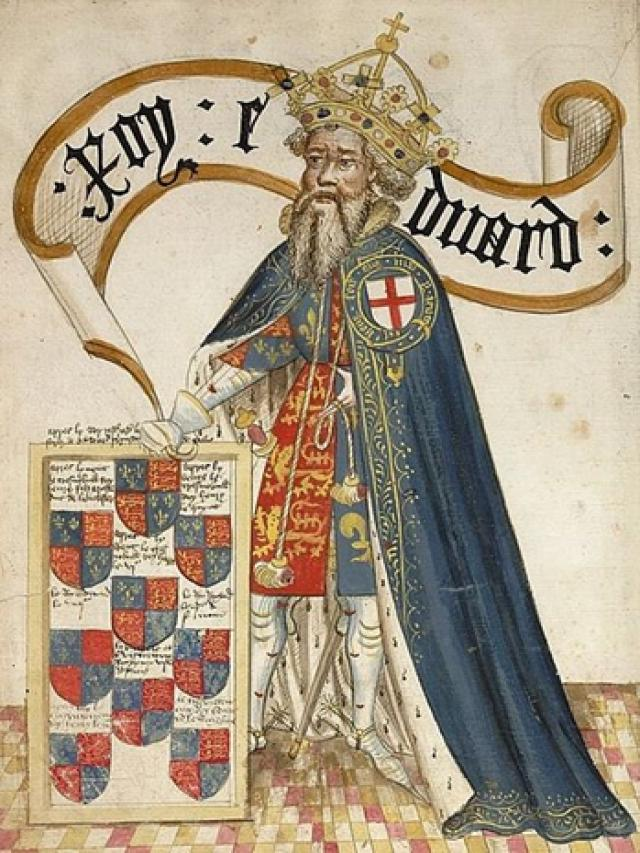
The Most Noble Order of the Garter is the oldest and most important order of cavalry in the United Kingdom, founded in 1348 by King Edward III. He is considered the pinnacle in the British honors system. Membership to the order is very limited. The monarch and the Prince of Wales are always members along with 24 men or women. The male members are known as the Knight Companions, and the female members are known as the Female Companions (not "Ladies," as in most other British code of cavalry orders). The order also includes supernumerary or extra members, called Knights and Royal Ladies (members of the British Royal Family) and Foreign Knights and Ladies (monarchs of foreign states). The announcement of new members is always made on April 23, on the day of St. George, being this the patron saint of the Order and of England. Prince William of Cambridge was the last person to become Knight of the Order, when Queen Elizabeth II named him his 1,000th member in 2008. Unlike most orders, the Order of the League is not bound to the notice of quotes from the Prime Minister; the Sovereign only grants memberships. The memberships in the Order are a personal gift of the Sovereign. Except for concessions of supernumerary memberships, concessions are made only to those persons who have executed exceptional acts of service to the United Kingdom.
TOP 12:
Order of the Golden Fleece
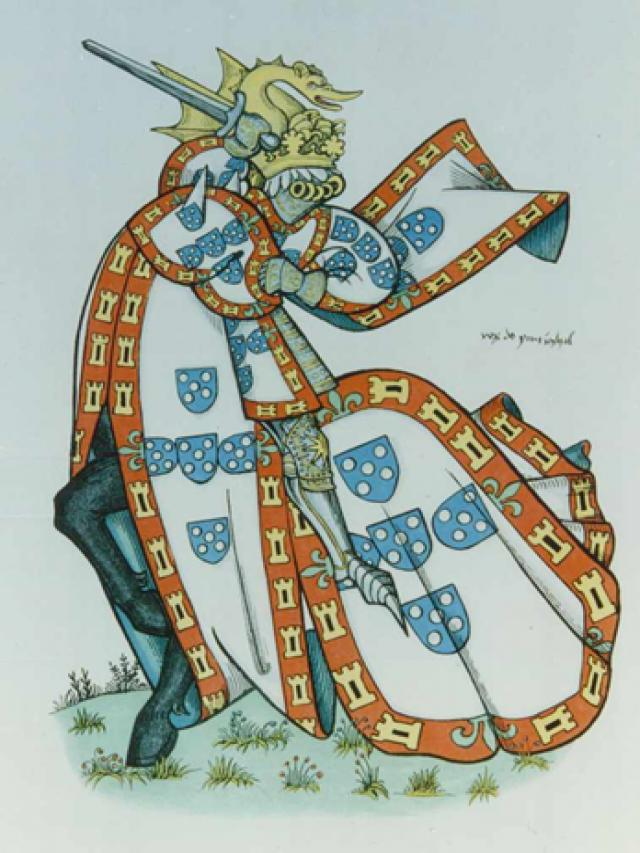
The Insigne Order of the Golden Fleece is an order of cavalry founded in 1429 by the Duke of Burgundy and Count of Flanders, Philip III of Burgundy, to celebrate his marriage with the Portuguese princess Isabel de Avis, daughter of the King of Portugal Juan I, in the city of Bruges. It was created following the model of the Order of the English Garter, of which Felipe had been elected member in 1422, but dedicated to San Andrés (Felipe had rejected the election so as not to offend the King of France). Like his English model, the order was originally restricted to a limited number of knights, first 24 but increased to 30 in 1433 and 51 in 1516. Members of the order could not be "heretics" and therefore became an exclusively Catholic distinction during the Reformation. The badge consists of a necklace of interlaced links of flints or sparkling stones inflamed with fire with blue enamel and rays of red topped with a lamb and the allison enameled gold. There are two versions about the meaning of the fleece, one alludes to the myth of Jason and the golden fleece, while the other sees its origin in the biblical story of Gideon and the lamb that offered to God in sacrifice and thanksgiving for the victory gotten against the Midianites. The links and stones of fire allude to the currency that the same Duke always carried in his arms, which was a link with his flint and an epigraph that said: "Ante ferit quam flamma micet" ("It hurts before the flame is seen »). The Bull of confirmation of the Order and approval of its constitutions and ordinances was given by Pope Eugene IV on September 7, 1433, with the dignities of the Order being four: the Chancellor, the Treasurer, the King of Arms and the Secretary. The great maestrazgo corresponded to the king of Spain for bulls of the pontiffs Gregorio XIII, of 1574, and of Clement VIII, of 1600. This was so because when marrying the heiress of the Burgundian crown, Maria with the archduke Maximiliano I of Austria, the order was linked to the House of Austria, and later to the Spanish Habsburgs.
TOP 11:
Livonian Brothers of the Sword
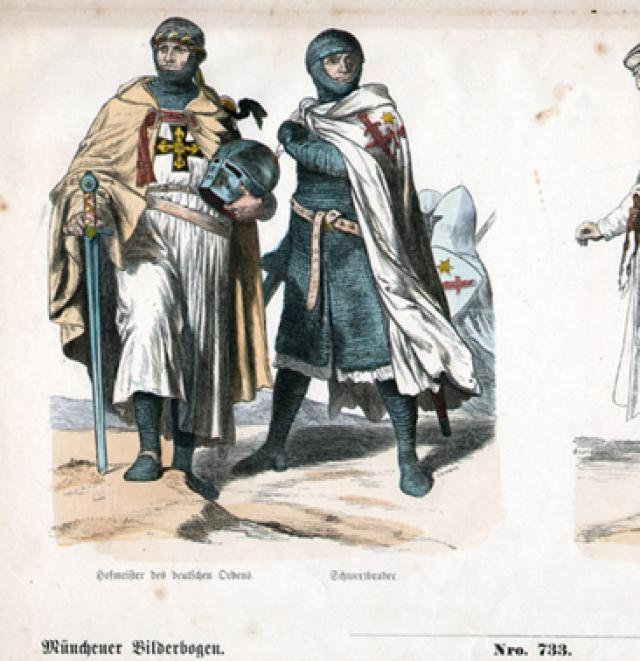
The Livonian Brothers of the Sword (in Latin Fratres militiae Christi, literally the "Brotherhood of the Army of Christ", in German Schwertbrüderorden), also known as Knights of Christ, Brothers of the Sword, Knights Endorsed or Militia of Christ of Livonia, was a military order founded in 1202 by Alberto de Buxhoeveden, Bishop of Riga (Prince-Bishop of Livonia), and composed by German monks-warriors (of Livonia). It was based primarily on the statutes of the Knights Templar.
TOP 10:
Knights of San Lázaro
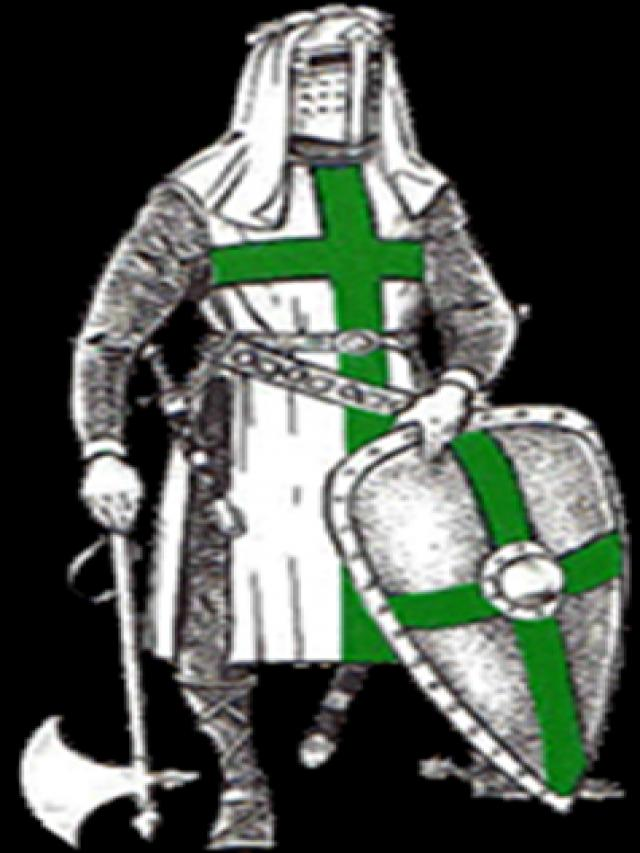
Knights of San Lazaro are known as members of the Order of Saint Lazarus of Jerusalem. Centuries before the Crusades took place, there were already charitable institutions in the Holy Land that took care of the assistance to the pilgrims who came to visit the places that witnessed the Passion of Jesus Christ.
TOP 9:
Order of the Dragon
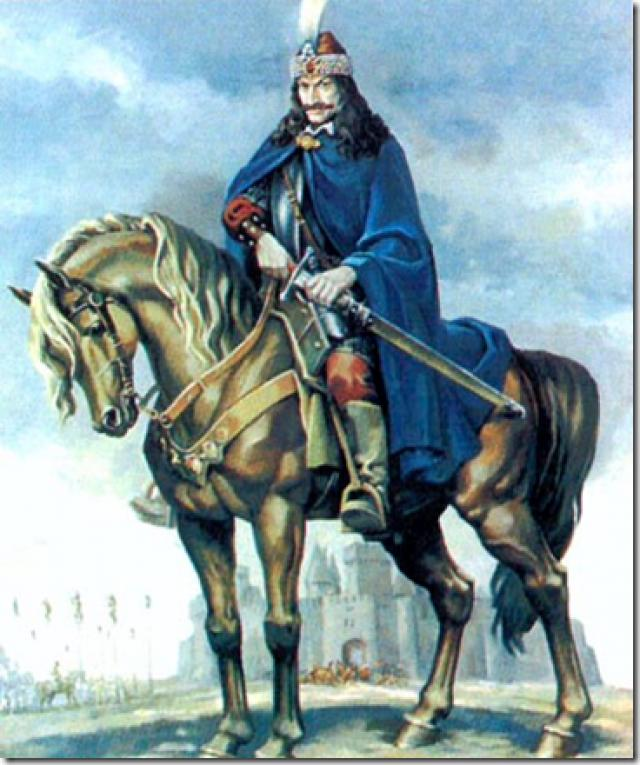
The Order of the Dragon (in Latin, Societas Draconistrarum, in Hungarian, Sárkány lovagrend, in German, Der Drachenorden, in Croatian, Zmajev red, in Romanian, Ordinul Dragonului, in Serbian, Ред Змаја, in Bulgarian, Орденът на дракона) was a Christian military order of knights, generally composed of nobles and princes, which arose in the union of Hungary and Croatia at the end of the Middle Ages. Founded in 1408 by King Sigismund of Hungary (1397-1437) (who was also later Emperor of the Holy Roman Empire between 1433 and 1437). The Order of the Dragon was especially important in Hungary, Croatia, Germany and Italy. According to a preserved copy of its statutes, the Order was obliged to defend the Holy Cross and fight against the enemies of Christianity.
TOP 8:
Knights of the Order of Montesa
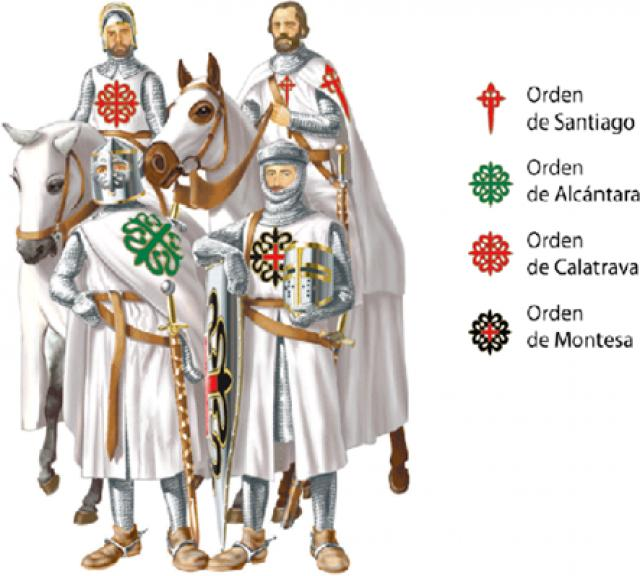
The Order of Santa María de Montesa and San Jorge de Alfama is a religious and military order founded by King Jaime II of Aragon in the fourteenth century.
TOP 7:
Knights of the Order of Alcántara
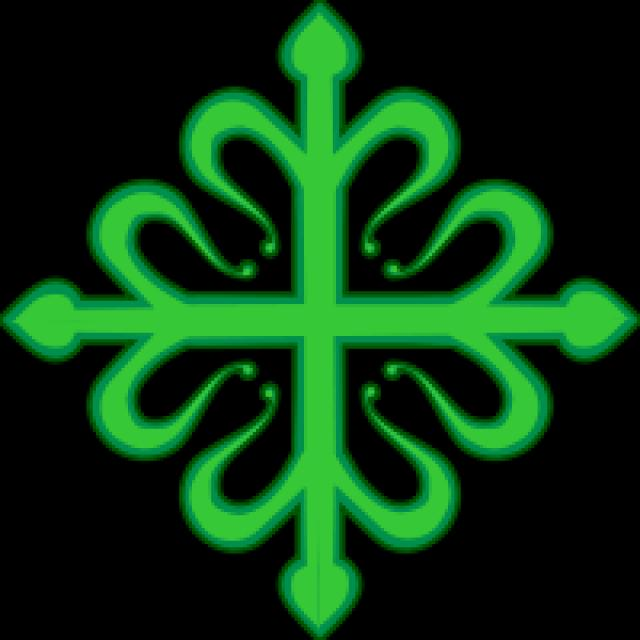
Orden de Alcántara is a military order created in the year 1154 in the Kingdom of León, and which still exists today. It is one of the four great Spanish military Orders, the other three being those of Santiago, Calatrava and Montesa.
TOP 6:
Knights of the Order of Calatrava
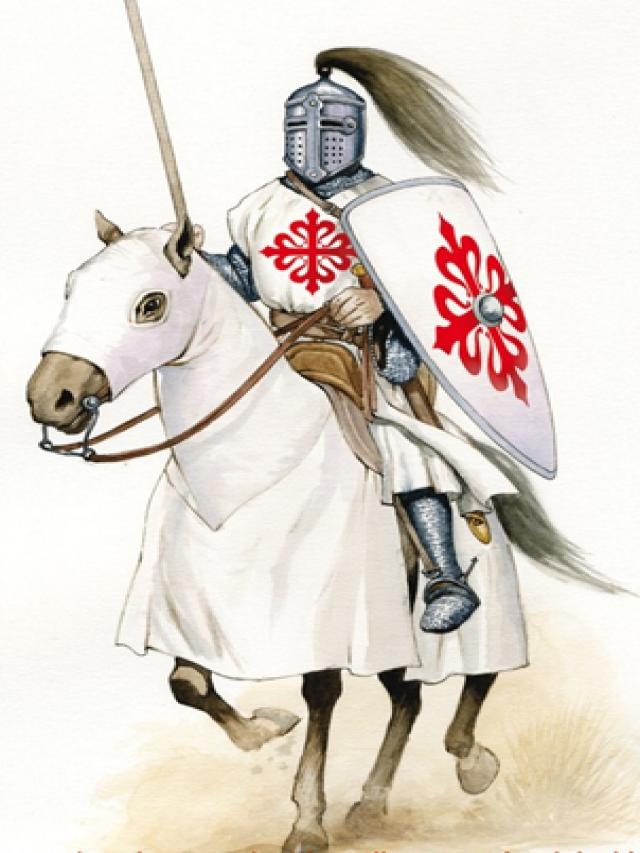
The Order of Calatrava is a military and religious order, founded in the Kingdom of Castile in the 12th century by the abbot Raimundo de Fitero, with the initial objective of protecting the village of Calatrava, located near the present Ciudad Real. It belongs to the group of Cistercian orders and currently has only an honorary and nobiliary character
TOP 5:
Knights of the Teutonic Order
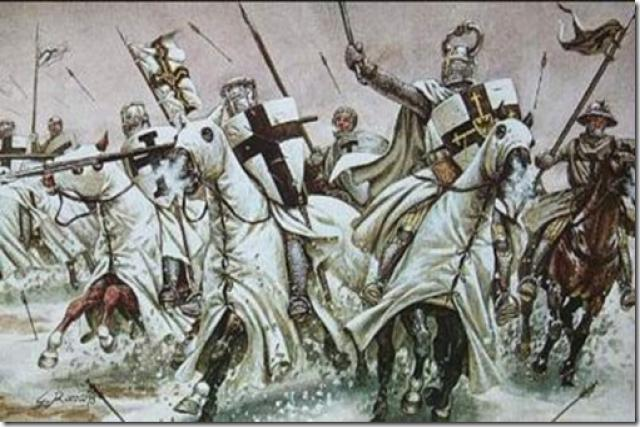
The Teutonic Order (also Order of the Teutonic Knights and Teutonic Knights of the Hospital of St. Mary of Jerusalem, in German: Deutscher Orden, in Latin: Domus Hospitalis Sactæ Mariæ Teutonicorum) was a medieval religious-military order founded in Palestine in 1190 (Third Crusade) during the siege of the fortress of San Juan de Acre. In 1198 it becomes a military order. Since the nineteenth century the order survives as a charitable Christian organization.
TOP 4:
Order of the Holy Sepulcher of Jerusalem
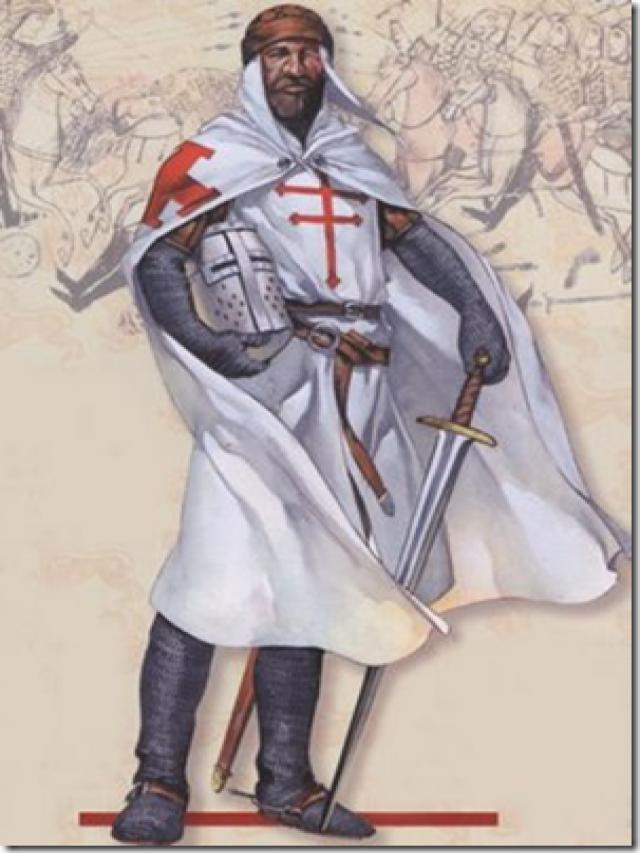
The Order of Cavalry of the Holy Sepulcher of Jerusalem is an order of cavalry catholic that has its origins in Godofredo de Bouillón, main leader of the First Crusade. According to the most authoritative opinions, both Vatican and Hieropolitan, it began as a mixed clerical and lay confraternity of pilgrims that gradually grew up around the Holy Places of Christianity in the Middle East: the Holy Sepulcher, the tomb of Jesus Christ. Its currency is Deus lo vult (God wants it). Created in 1098, after the victorious first crusade, by Godfrey of Bouillon, Duke of Lower Lorraine and Protector of the Holy Sepulcher. Its objective was primarily to protect the Holy Sepulcher from the infidels with the help of 50 strong knights. Baldwin I of Jerusalem (brother of Godofredo) was the one who officially endowed it with its first regulation in imitation of the Temple and the Hospital. Among its most glorious deeds, the Order of the Holy Sepulcher fought bravely with King Baldwin I of Jerusalem in 1123, participated in the siege of Tire in 1124, Damascus during the Second Crusade (in 1148) and St. John of Acre in 1180 After the taking of the holy city of Jerusalem on the part of the Muslims of Saladino in 1187, it moved to Europe and it extended by countries like Poland, France, Germany and Flanders. From then on he dedicated himself to the rescue of Christian captives from Muslim hands. Also in Spain it obtained a famous protagonism when intervening in numerous battles of Reconquista against the Muslim invaders. The components of the Order have always been distinguished members of the European nobility. In 1489, Pope Innocent VIII incorporated the Order into that of the Hospitallers, although in some places (like Spain) he retained his autonomy to become an honorary entity dedicated to works of charity, with a special regime within the Catholic Church . In 1847 Pope Pius IX conferred on him new statutes. At present it subsists dedicated to the maintenance of Christianity in the Holy Land and conserving (like the Order of Malta or the Teutonic Order) an honorary and particular weight within the Catholic Church.
TOP 3:
Knights of the Order of Malta or Knights Hospitallers
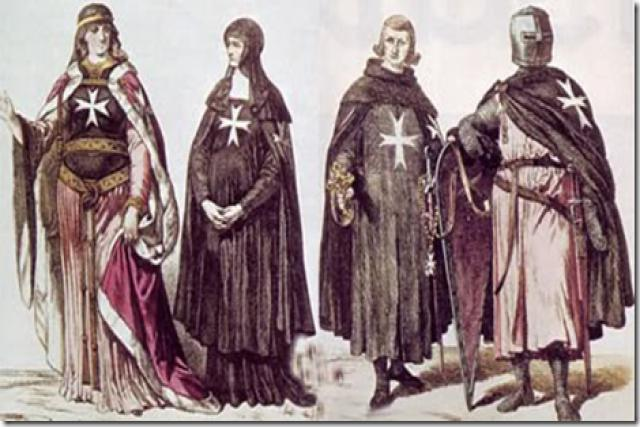
The Sovereign Military and Hospitaller Order of St. John of Jerusalem, Rhodes and Malta, better known as the Order of Malta, is a Catholic religious order founded in Jerusalem in the 11th century by Amalfi merchants. He was born within the framework of the crusades and from the beginning, together with his hospital activity, he developed military actions against the Arab Muslim armies, and later also Turks. At present, it is recognized internationally by nations as a subject of international law. Its headquarters, which has changed places on several occasions, is located in the city of Rome, Italy, on Via dei Condotti near the Plaza de España. That building and the Palacio del Aventino, which functions as its embassy to the Holy See and Italy, have a status of extraterritoriality.
TOP 2:
Knights of the Order of Santiago
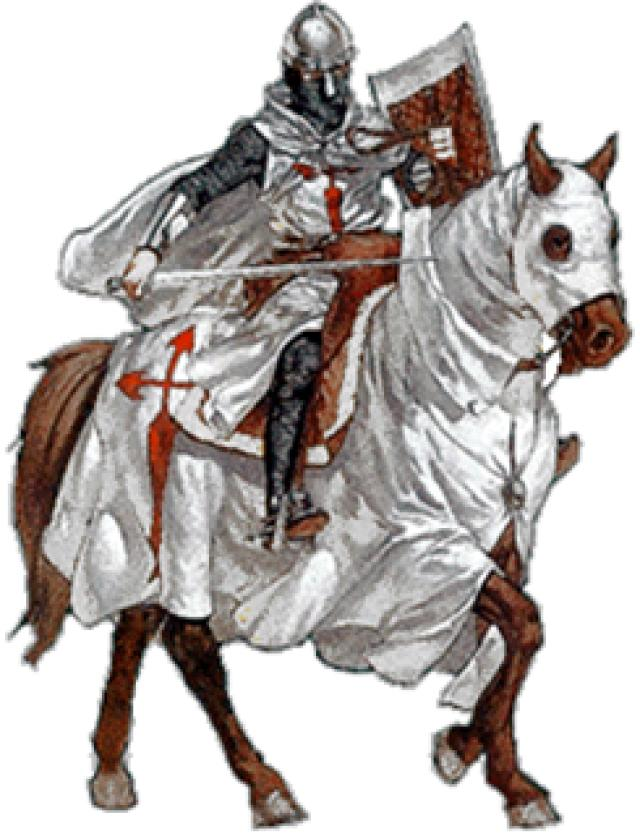
The Order of Santiago is a religious and military order that emerged in the 12th century in the Kingdom of León. It owes its name to the national patron of Spain, Santiago el Mayor. Its initial objective was to protect the pilgrims from the Camino de Santiago and to push back the Muslims of the Iberian Peninsula. After the death of Grand Master Alonso de Cárdenas in 1493, the Catholic Monarchs incorporated the Order to the Crown of Spain and Pope Hadrian VI united for ever the master of Santiago to the crown in 1523. The First Republic suppressed the Order in 1873 and , although in the Restoration it was again restored, it was reduced to an honorary institute governed by a Superior Council under the Ministry of War, which was in turn extinguished after the proclamation of the Second Republic in 1931. The Order of Santiago , together with those of Calatrava, Alcántara and Montesa, was reinstated as a civil association in the reign of Juan Carlos I with the character of honorable and religious nobiliary organization and as such it remains today.
TOP 1:
The Knights Templar
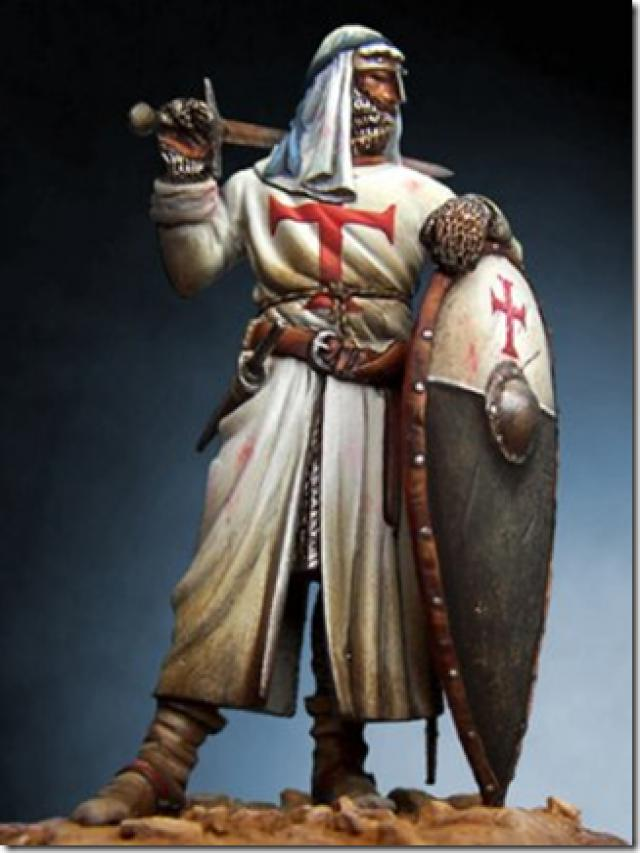
The Order of the Poor Knights of Christ and the Temple of Solomon (in Latin, Pauperes commilitones Christi Templique Salomonici), commonly known as the Knights Templar or the Order of the Temple (in French, Ordre du Temple or Templiers) was one of the most famous Christian military orders. This organization remained active for just under two centuries. It was founded in 1118 or 1119 by nine French knights led by Hugo de Payens after the First Crusade. Its original purpose was to protect the lives of Christians who made a pilgrimage to Jerusalem after its conquest. They were recognized by the Latin Patriarch of Jerusalem, Garmond de Picquigny, who gave them as a rule that of the Augustinian canons of the Holy Sepulcher. Approved officially by the Catholic Church in 1129, during the Council of Troyes held in the cathedral of the same city, the Order of the Temple grew rapidly in size and power. The Knights Templar used as a distinctive white cloak with a red cross drawn. The members of the Order of the Temple were among the best trained military units that participated in the Crusades. The non-combatant members of the order managed a complex economic structure throughout the Christian world, creating new financial techniques that constitute a primitive form of the modern bank, and building a series of fortifications throughout the Mediterranean and the Holy Land. The success of the Templars is closely linked to the Crusades; the loss of the Holy Land led to the disappearance of the support of the Order. In addition, the rumors generated around the secret ceremony of initiation of the templarios created a great distrust. Philip IV of France, heavily indebted to the Order, began to pressure Pope Clement V with the object that he would take measures against its members. In 1307, a large number of Templars were arrested, induced to confess under torture and subsequently burned at the stake. In 1312, Clement V yielded to Philip's pressure and dissolved the Order. Its abrupt eradication gave rise to speculations and legends that have kept alive the name of the Knights Templar until our days

